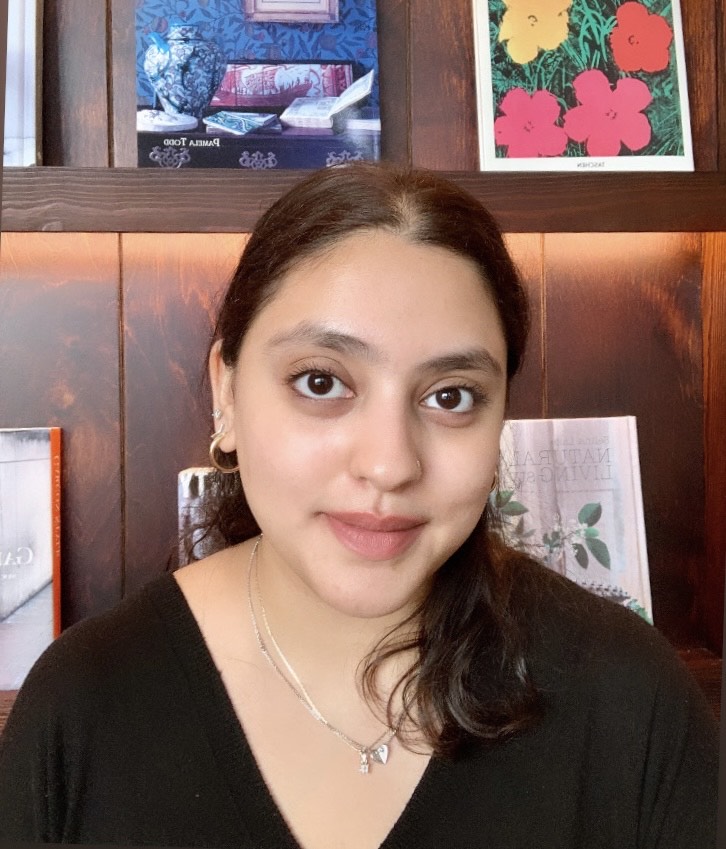How Humid Should My House Be? The Big Guide to Getting It Right for Each Season, Each Room, and for Your Houseplants
There is a specific humidity level you should be maintaining at home, and this is your guide to why and how you can benefit from this practice


Home wellness is more than just calming interiors and restorative sleep practices. Sometimes, you need to get the basics of your living space right, and that includes perfecting the humidity levels within your house.
Sure, it might not be the most glamorous of tasks, but it's extremely important for the well-being of your home, including your bedroom, bathroom, and even living room area. And, the benefits of maintaining a house that's optimally ambient are plenty.
So, you might be wondering what the perfect humidity level is, how it varies through the year, and why it's so important. Well, we have the answers to all of that, so you can consider whether you need to learn how to dehumidify rooms in your home, or they could do with more moisture to reap the health and wellbeing benefits.
What Should the Humidity Be in Your House?

"Keeping indoor humidity between 30% and 50% is more than a comfort goal," says Ken Nelson, indoor air expert at Panasonic North America. "It's a scientific sweet spot endorsed by the EPA and leading IAQ experts."
Within this range, Ken explains that viruses struggle to survive, mold spores stay dormant, and your skin retains enough moisture to stay comfortable. "For sinus health, babies and pets, staying close to the middle (around 40% to 45%) reduces respiratory irritation," he adds. "Plus, it supports the well-being of tiny lungs and furry companions alike."
David Lewis, owner of Misson AC & Plumbing, also finds that indoor humidity levels should fall between 30% and 50%. "That’s where most people feel cozy, and it’s where your home’s materials like wood flooring and furniture stay protected," he says.
"If your humidity regularly creeps above that, you’re going to start noticing things like musty smells, mold, or condensation on windows." Then, you'll have to take measures to learn how to reduce moisture in your apartment. And since prevention is better than cure, this is your sign to fix your humidity levels and keep your home looking and feeling great.
The Livingetc newsletters are your inside source for what’s shaping interiors now - and what’s next. Discover trend forecasts, smart style ideas, and curated shopping inspiration that brings design to life. Subscribe today and stay ahead of the curve.
Ken Nelson is an indoor air expert and group sales manager of ventilation at Panasonic North America. With over 35 years of experience in wholesale distribution, including the past 14 years focused on Ventilation and HVAC with Panasonic, Ken brings a deep understanding of the sales landscape from manufacturer to end user. A recognized expert in healthy home building sciences, Ken is highly knowledgeable in applying and interpreting national, regional, and local building and energy codes. His specialized expertise in moisture management positions him to contribute to Panasonic's mission of creating healthier indoor environments.
David Lewis, the owner of Mission AC, is a seasoned professional in the field of HVAC, plumbing and home services. With a strong educational foundation, extensive industry experience and a genuine passion for helping people, he has successfully built and managed two HVAC and plumbing companies, each dedicated to the repair, replacement and maintenance of residential and commercial facilities.
What's the Best Humidity for Each Season?

As the seasons change, so will the optimal humidity levels. And if your city experiences every season in all its glory, then it's especially important to adjust the humidity as the temperatures beyond the walls of your home rise and drop.
Here's what Chrystal Joliffe, indoor air expert at Carrier, recommends to balance comfort, energy efficiency, and interior air quality throughout the year.
Winter: 30% to 40% to prevent condensation and dry air.
Spring: 40% to 50% humidity levels are perfect as temperatures rise.
Summer: 45% to 55% is ideal in order to reduce the risk of mold and mildew.
Fall: 40% to 50% humidity is best as heating begins.
Following these guidelines for indoor humidity will prevent a home that smells musty.
Chrystal Joliffe is an indoor air quality product manager and HVAC expert at Carrier.
What's the Best Humidity for Houseplants?

The humidity around your indoor garden matters just as much as the levels in your bedroom and bathroom. "Most houseplants are happiest with indoor humidity levels between 40% and 60%," says David.
"Of course, this varies depending on the plant. If you’ve got tropical houseplants, they tend to prefer humidity closer to the high end of that range, while indoor succulents or desert plants are fine with lower humidity — closer to 30% or 40%."
However, David does not recommend raising the humidity throughout the entire house solely for the sake of your plants.
"You’re better off placing a small humidifier nearby or grouping your plants together in a more humid area of the home, like a bathroom with a window," he advises. "That way, you’re not over-humidifying rooms, which can lead to mold or mildew."
Why Is It Important to Maintain Humidity?

David tells me that humidity has a direct impact on your health, your HVAC system, and your home itself. "If the humidity is too high, you create the perfect environment for mold growth, dust mites, and bacteria," he notes.
"In such cases, your AC has to work a lot harder to keep the house comfortable, and you might start to notice damage to wooden furniture, floors, or drywall."
On the other hand, he points out that if it’s too low, you’ll experience dry skin, sinus issues, and even medical implications in some cases. "Not to mention, viruses tend to spread more easily in dry air," he adds.
"Keeping indoor humidity within the right range helps your HVAC system work efficiently and keeps the air you breathe healthier overall."
And while there are plenty of ways to reduce humidity without a dehumidifier, investing in a sleek moisture absorber can make all the difference.
FAQs
Is 70% Humidity Too High for a Bedroom?
"Yes, 70% humidity is considered too high for a bedroom and could lead to mold and mildew, dust mite proliferation, disrupted sleep due to discomfort, and potential damage to furniture and electronics," says Chrystal.
"Carrier recommends keeping the humidity levels in your bedroom below 60% and ideally around 45% to 50% for comfortable sleep."
If you wish to take a more natural route to controlling the humidity in your home, we have a guide to the best houseplants for reduced condensation that will lush out your space and promote a healthy indoor atmosphere in one go.

Amiya is a Home Wellness Writer at Livingetc. She recently graduated with a Masters Degree in Magazine Journalism from City, University of London, and has lent her words to beauty, fashion, and health sections of lifestyle publications including Harper’s Bazaar and Women’s Health. Her experience as a research analyst has equipped her with an eye for emerging trends. When she’s off the clock, she can be found reading, listening to music, or overanalyzing her latest Co-Star update.


